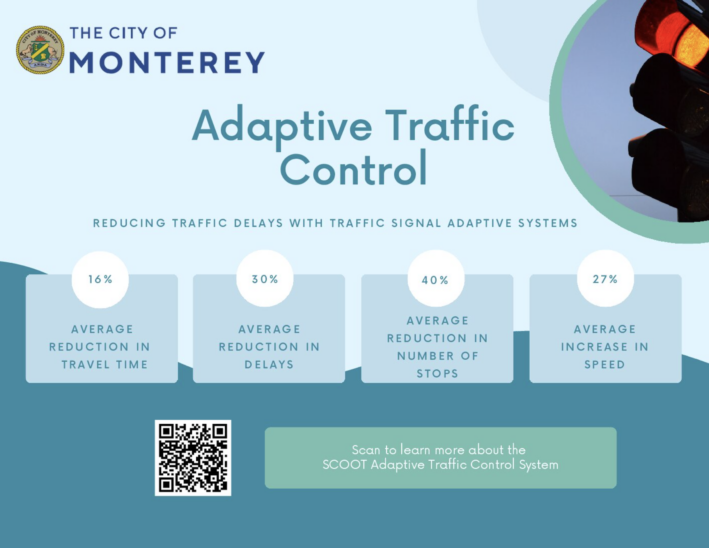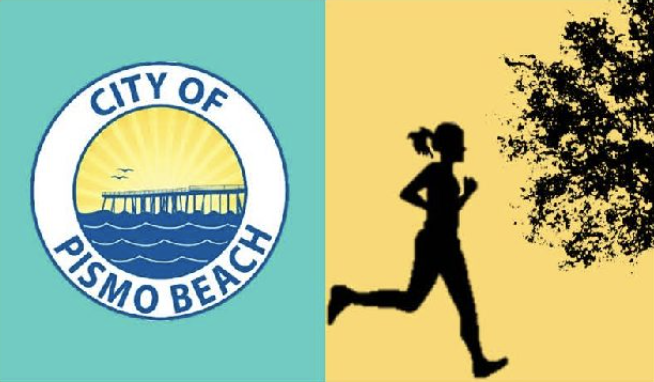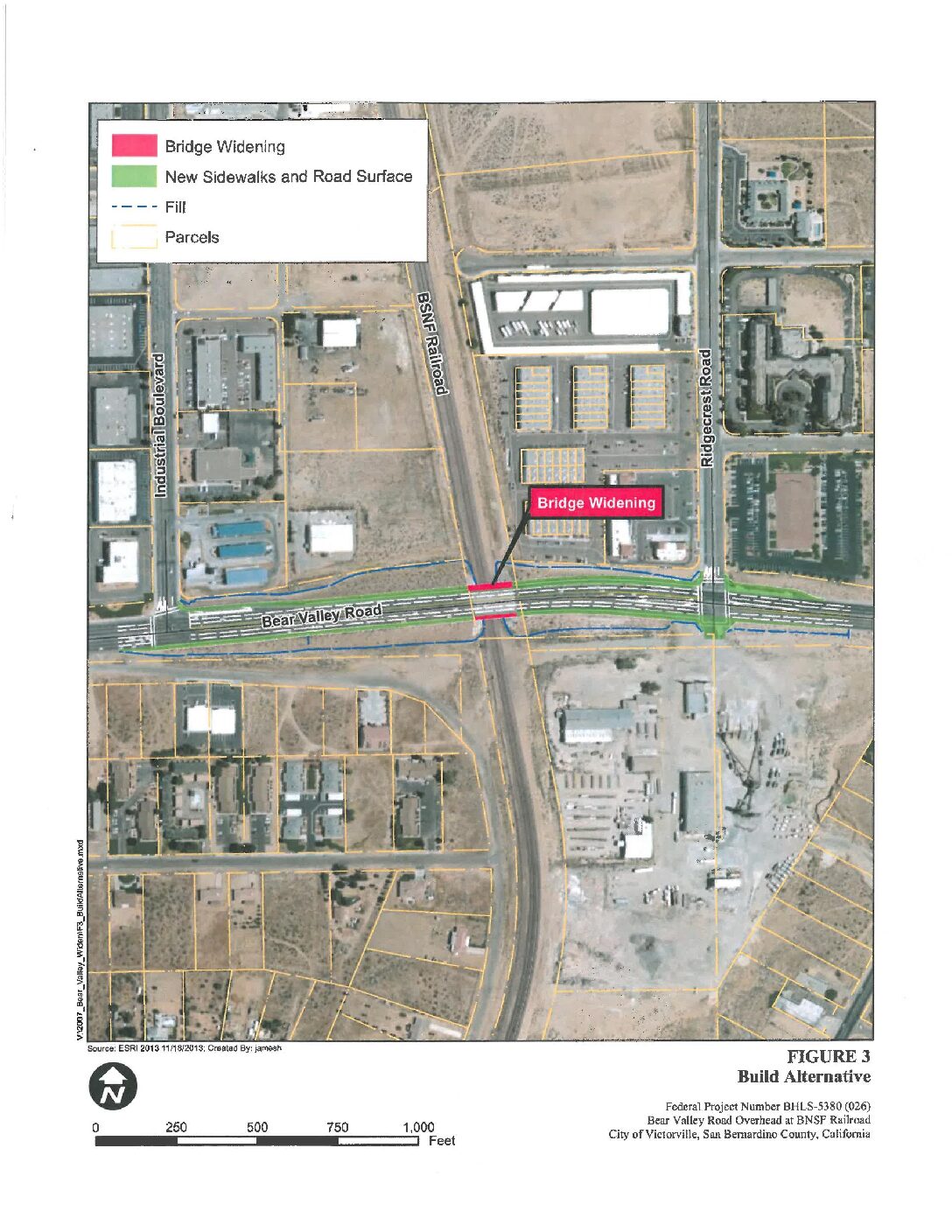City of Monterey Adaptive Traffic Control System
Location
Monterey, CA
City or County Responsible for Project
City of Monterey
Category
Safety or Intelligent Transportation System Projects
Author
Andrea Renny
Organization
City of Monterey
Phone
831-646-3921
Supporting Documentation
Project Description
Adaptive Traffic Control Systems (ATCS) are the latest technology for improving traffic flow by better synchronizing and controlling traffic signals. ATCS use vehicle detection and artificial intelligence software to respond accurately and immediately to real-time traffic conditions. This enables the system to progress traffic through a corridor with few or no stops, resulting in less fuel consumed and fewer emissions, and improves travel time, quality of life, and safety. Purchasing an ATCS does not fit the typical competitive bid process. A competitive process to select an ATCS based solely on cost did not serve the needs of the City. After evaluating 12 different vendors with the assistance of a consultant, the City identified one vendor that met our requirements: the Split Cycle Offset Optimization Technique (SCOOT) system by Siemens. The SCOOT system measures volumes entering each link, calculates cycle length, splits and offsets and makes regular small step adjustments to follow changing traffic patterns on a cycle-by-cycle basis. The traditional signal timing process is time consuming, expensive and requires substantial amounts of traffic data. Traditional time-of-day signal timing plans do not accommodate variable and unpredictable traffic demands and lose their effectiveness over time, resulting in citizen complaints, frustrated commuters and visitors, and degraded safety. With an adaptive system, information is collected and signal timing is updated continually. Special events, construction, or traffic incidents typically wreak havoc on traffic conditions. While large-scale construction projects and regular events can be anticipated, determining their impact on traffic conditions can be difficult. Other disruptions, such as crashes or a high peak visitor influx, are impossible for time-of-day signal timing to accommodate. This system proved valuable during the pandemic by adjusting to a significant change in travel patterns. As a result of managing this large project in house, the City has been able to efficiently implement necessary equipment upgrades, fiber optic communication installation and install the adaptive system with a cost savings of approx. $1,000,000 over the span of this project. As of January 2023, the City has completed SCOOT implementation at 41 signalized intersections, with significant reductions to average travel time (-16%), delays (-30%), stops (-40%), and an increase of average speed (27%). Because the system eliminates idling due to fewer stops and the resulting acceleration, vehicles burn less fuel and expel fewer pollutants and particulate matter. When completed, the system will result in a yearly reduction of 20 tons of criteria pollutants (NOx, ROG and PM). This project is consistent with the City’s commitment to developing policies that create an environment where people, bicycles and motor vehicles can move through the community with minimal delay and to continue efforts to reduce greenhouse gas emissions.



